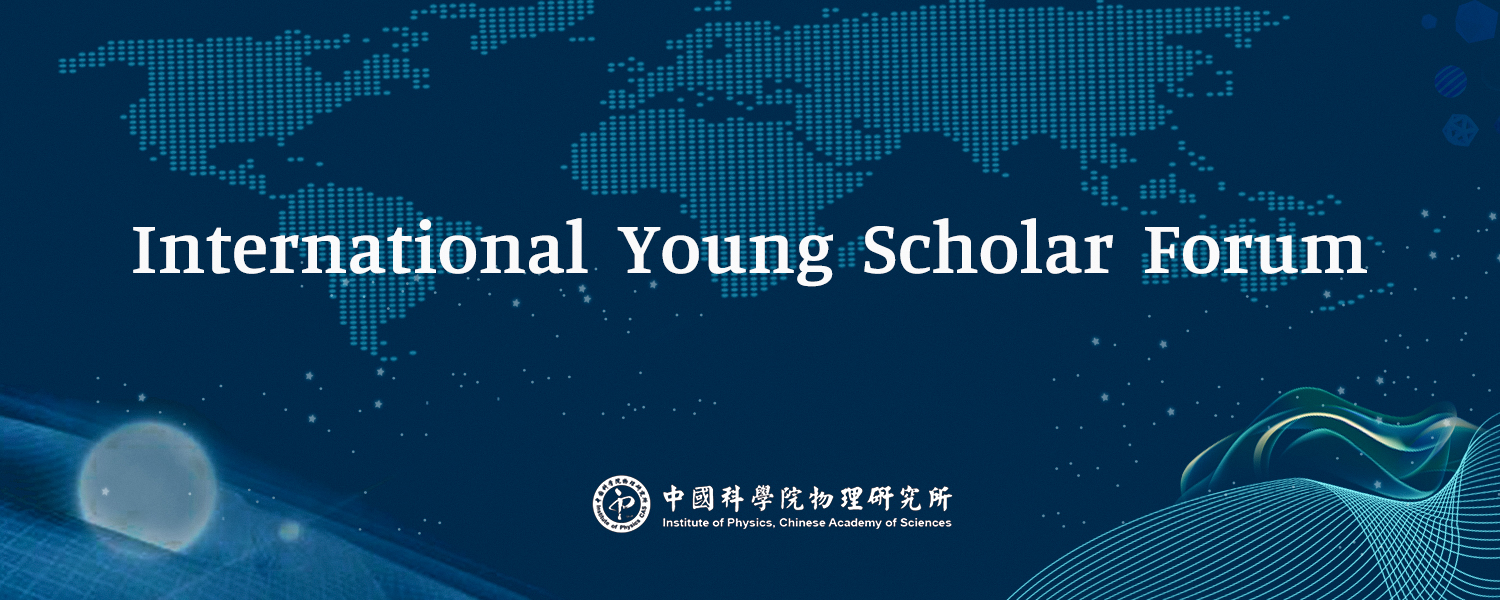Time: 16:00 pm, 20 August, 2020
Live link: https://meeting.tencent.com/l/w5HjeTmvsSlr
Speaker: Prof. Alessio Zaccone, University of Milan
Abstract:
While electrons in disordered systems have been studied early on leading to the Nobel prize in physics 1977 for Anderson and Mott, a similar understanding of phonons and lattice dynamics of disordered systems is still at its infancy. This field is currently blossoming due to its centrality in contemporary condensed matter physics and materials physics. In particular, to arrive at a deeper understanding of complex materials (e.g. polymers, metallic glasses, high-T superconductors) it is essential to develop a successful description of vibrational modes and elasticity/instabilities in these systems. I will briefly review our new understanding of phonons in real complex solids, including polymers, from the angle of my recent contributions to the field. In the second part, I will show how this understanding can lead to a theoretical framework which describes and rationalizes superconductivity in disordered systems such as metallic glasses.
References
M. Baggioli and A. Zaccone, Phys. Rev. Lett. 2019
M. Baggioli and A. Zaccone, Phys. Rev. Res. 2020
M. Baggioli, C. Setty and A. Zaccone, Phys. Rev. B 2020
Brief CV of Prof. Alessio Zaccone:
Born in 1981, after a PhD at ETH Zurich (in which he developed the extension of the DLVO theory of colloidal stability to systems in shear flows), he held faculty positions at Technical University Munich, University of Cambridge and, currently, at the University of Milan. He is known for his work on the atomistic theory of phonons, elasticity and viscoelasticity of liquids and amorphous solids, including the microscopic analytical theory of elasticity of random sphere packings and elastic random networks (Zaccone & Scossa-Romano 2011). He also developed the atomic-scale Krausser-Samwer-Zaccone (KSZ) equation for the viscosity of liquids and, with E. Terentjev, a molecular-level theory of the glass transition based on thermoelasticity. With K. Trachenko, he discovered and mathematically predicted that the low-frequency shear modulus of confined liquids scales with the inverse cubic power of the confinement length, a law that has been observed experimentally in many different systems. Recently, he has developed a new, more general, theory of boson-mediated superconductivity which extends the Eliashberg/BCS theory to real materials with strong anharmonicity, disorder and to high-pressure systems, with the aim of better understanding superconductivity in complex solids, including new generation high-T superconductors.
Click to view the recorded report video►http://as.iphy.ac.cn/video_detail.php?id=27609
